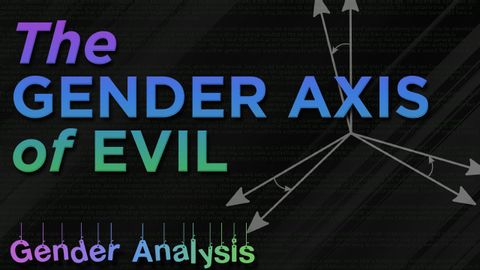
字幕と単語
ジェンダー分析 02.悪のジェンダー軸 (Gender Analysis 02. The Gender Axis of Evil)
00
Amy.Lin が 2021 年 01 月 14 日 に投稿保存
動画の中の単語
straight
US /stret/
・
UK /streɪt/
- adj.異性愛者;異性愛の;正直で直接的;真っ直ぐな;きちんとした
- adv.率直に;まっすぐに;すぐに
- n.異性愛者
- v.t./i.まっすぐにする
A2 初級TOEIC
もっと見る エネルギーを使用
すべての単語を解除
発音・解説・フィルター機能を解除
